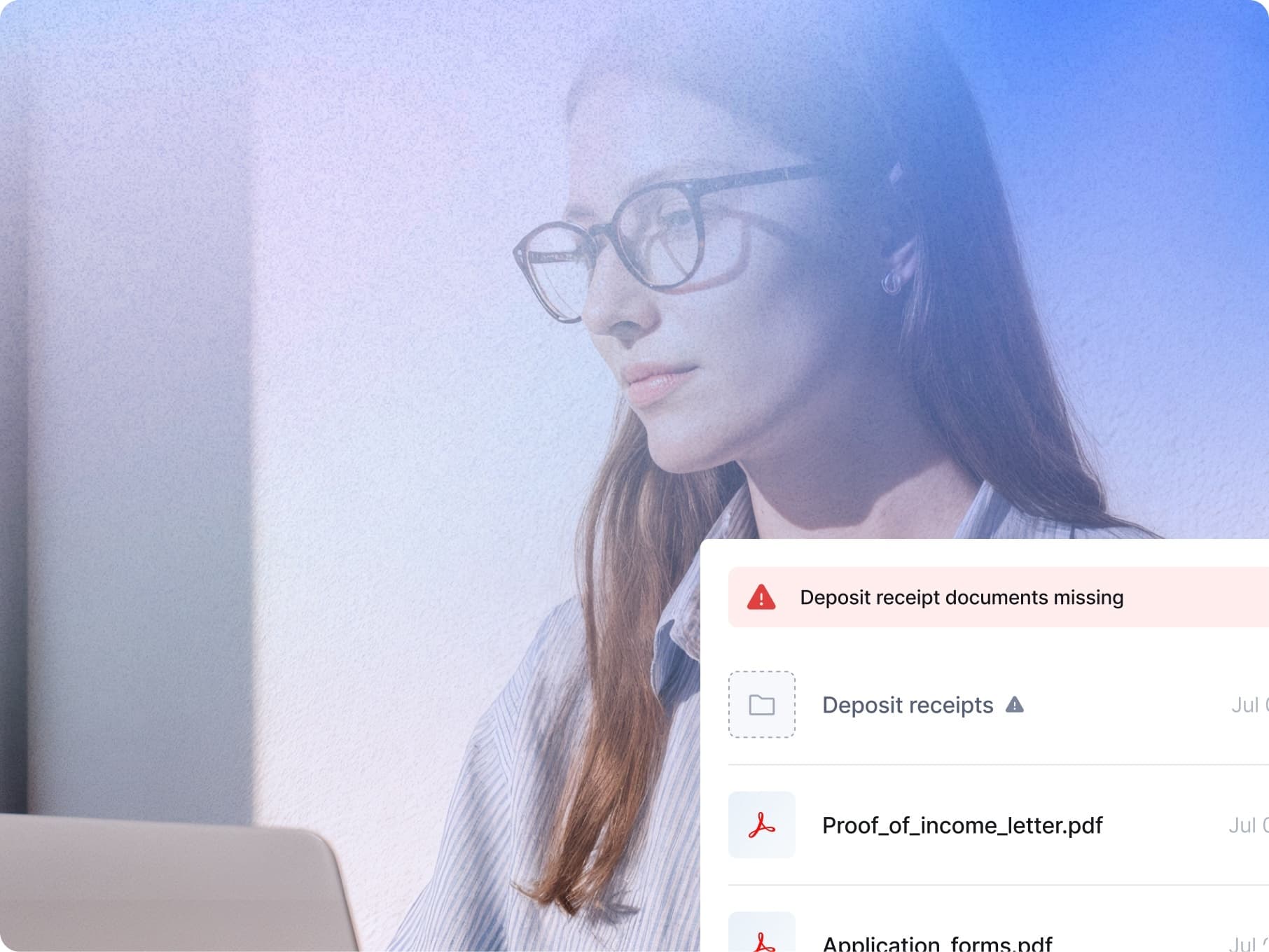
Lease Audits Shouldn’t Be Occasional: Why Continuous Oversight Protects Your NOI

Periodic lease audits are standard practice in multifamily operations, but they no longer meet the demands of institutional ownership or the speed at which financial discrepancies emerge. Inaccuracies in lease data and rent rolls are among the most common and overlooked sources of revenue leakage in real estate portfolios. Continuous auditing, a process that integrates real-time monitoring of lease data against financial systems, is gaining traction as a way to reduce NOI loss, mitigate compliance risk, and build trust with investors. This article explores why traditional audits fall short, how continuous oversight improves performance, and what operators must do to implement it successfully.
Lease Errors Are More Common, and More Expensive, Than Most Realize
Most multifamily operators view lease audits as a one-time project, usually done annually or just before a transaction. Yet across the industry, evidence shows that lease discrepancies are a recurring, not occasional, problem. In a 2023 industry survey, 60 percent of respondents reported encountering lease or rent roll mismatches monthly, and another 40 percent said they found them quarterly. These errors range from misapplied fees to incorrect lease terms, and while individually small, they compound across portfolios.
For an owner managing 5,000 units, even a $25 monthly undercharge due to missed lease escalations results in $1.5 million in annualized revenue loss. What’s more, the longer these errors go undetected, the more difficult they are to correct retroactively. Standard auditing practices simply do not catch these issues in time to protect NOI.
Traditional Audits Are Inherently Reactive
The process of manual lease audits typically involves reviewing a small sample of leases, comparing them to property management system records, and flagging any deviations. This approach suffers from two critical limitations. First, it is backward-looking. By the time errors are found, months of under-billing or mischarges may have already passed. Second, it is incomplete. Sampling only identifies a subset of issues, leaving most discrepancies untouched.
As institutional investors and lenders demand more transparent, real-time financial reporting, reliance on infrequent and manual audits creates operational and reputational risks. Financial integrity is no longer just an accounting concern. It is an asset management imperative.
What Continuous Auditing Offers
Continuous lease auditing shifts from event-based review to ongoing verification. By cross-checking executed lease documents, rent rolls, and financial ledgers in real time, operators can identify discrepancies as they occur. This approach delivers three measurable benefits.
- Immediate Revenue Recovery
Instead of waiting for year-end audits to discover missed pet rent, expired concessions, or incorrect renewal rates, continuous systems catch issues in days or weeks. In one midsize portfolio, operators recovered more than $180,000 in lost charges across just 3,000 units within the first quarter of implementation. - Compliance Risk Mitigation
Rent mischarges can lead to legal exposure, especially in jurisdictions with rent control or disclosure requirements. Continuous auditing creates a traceable, real-time log of billing accuracy, which not only reduces the risk of fines but also builds defensible audit trails for regulators and lenders. - Operational Accountability
Frequent error detection shortens feedback loops between corporate teams and on-site staff. When a lease is entered incorrectly, leasing teams receive immediate notice and can fix it before the error impacts reporting or tenant satisfaction. Over time, this leads to fewer mistakes and stronger operational discipline.
The Impact on Investor Confidence
Investors evaluate multifamily performance based on the reliability of financial forecasts and the predictability of cash flows. Rent roll accuracy directly informs both. Operators who maintain clean, real-time records project credibility and control, two qualities that resonate with institutional capital.
In some recent CMBS transactions, underwriters have begun requesting automated audit histories as part of the diligence process. These audit trails provide independent verification that rent collections match lease agreements. As real estate financing continues to institutionalize, continuous auditing is likely to become an underwriting requirement, not just a best practice.
Implementing Continuous Lease Oversight
For operators looking to transition to continuous auditing, three principles matter most.
- Standardize Data Sources
Most discrepancies stem from misalignment between lease systems, rent rolls, and ledgers. Before implementing continuous review, operators must ensure these data sources are clean, synchronized, and labeled consistently. - Automate Rules and Exceptions
Manual reviews are impractical at scale. Operators should define common error types, such as missed escalations or uncollected amenity fees and build audit logic to flag those discrepancies automatically. - Establish Resolution Workflows
Continuous auditing only creates value if discrepancies are resolved quickly. That means assigning clear ownership to leasing, operations, or finance teams and setting response time expectations.
What Operators Should Do Next
Multifamily executives focused on long-term asset performance should reframe lease auditing from a back-office task to a strategic control function. Instead of asking whether lease audits are up to date, ask whether your system is capable of identifying today’s errors as they occur. Investors, regulators, and stakeholders increasingly expect real-time financial accountability. Continuous auditing is no longer a luxury, it is the next operating standard.

